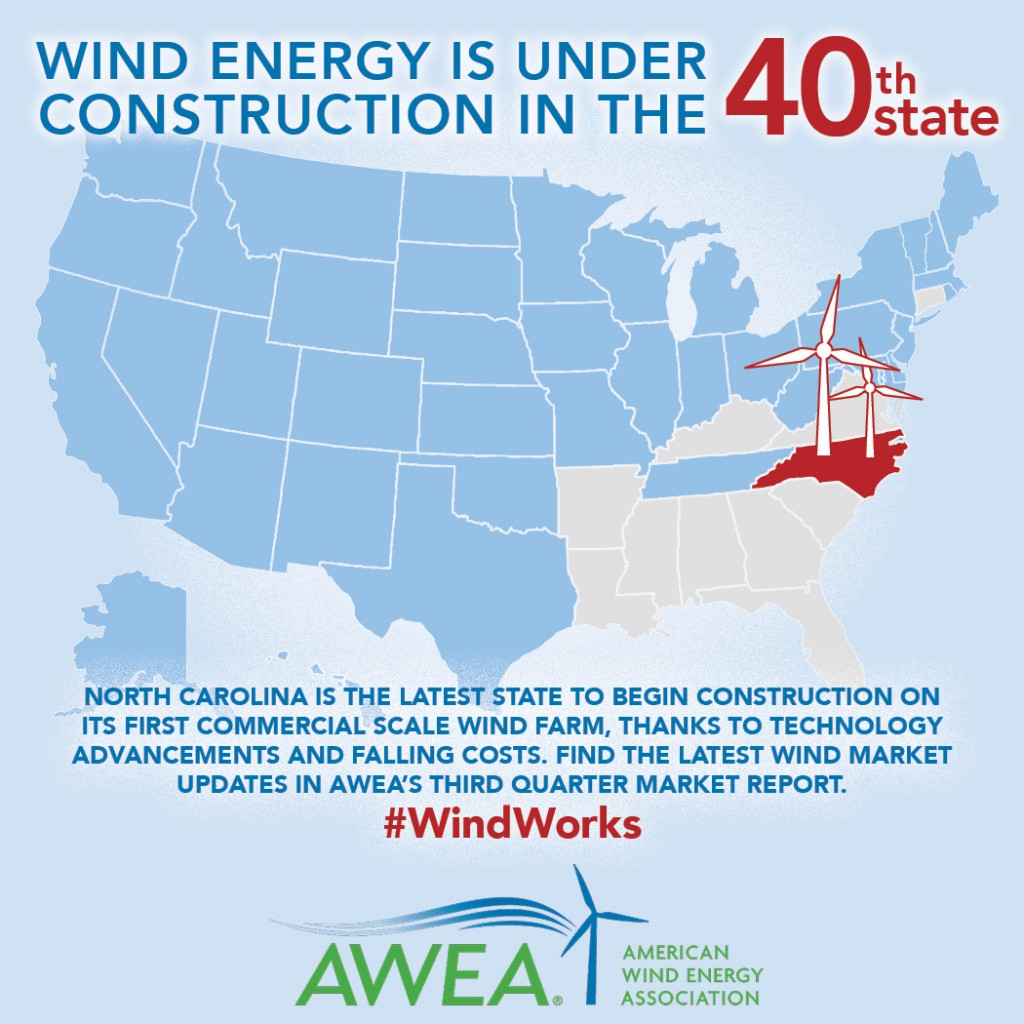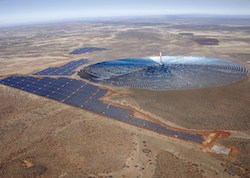Fighting over the Clean Power Plan is getting heated with the Republican Attorneys General filing a lawsuit against the Obama Administrations for the recently published legislation. Focused on utilities, the goal of the program is to reduce carbon pollution by 32 percent. In response to the suit, Americans United for Change launched a digital ad campaign challenging the Attorneys General to quit doing the work of their “corporate polluter donors” like the Koch brothers. The campaign will be seen on Twitter and Facebook.
A December 2014 New York Times exposé revealed an “unprecedented, secretive alliance” and coordination between Big Oil and Republican AGs against environmental regulations. The article cited one Attorney General literally copying and pasting a letter drafted by energy lobbyists and sending it to the Environmental Protection Agency (EPA) on official letterhead. Such legal and legislative efforts have been rewarded with campaign contributions to the tune of $2.4 million in the last two election cycles according to Americans United for Change.
While accusations fly that the EPA has overstepped their bounds, the U.S. Supreme Court has upheld the EPA’s authority to take action to limit carbon pollution three times. The argument also points to the Clean Power Plan hurting the economy, but according to Americans United for Change, limits will save the average American nearly $85 a year on energy bills as well as bring down costs for asthma, lunch cancer and other air pollution-related illnesses while supporting more than a quarter million new jobs.
“Some might call it a coincidence that the Republicans AGs who’ve taken tens of thousands of dollars from dirty energy interests are the same ones filing lawsuits against the Clean Power Plan, but I’d call it a serious conflict of interest and a breach of the public trust,” said Brad Woodhouse, president, Americans United for Change. “When a state AG chooses to serve as part of dirty energy’s unofficial defense team, who is left looking out for the public interests? If you’re a public servant and find yourself standing in the way of something that will save thousands of lives and leave millions of Americans less susceptible to air-pollution related illnesses like lung cancer to asthma attacks in children, maybe it’s time to consider a clean break from your dirty energy friends. Or perhaps a new line of work.”










